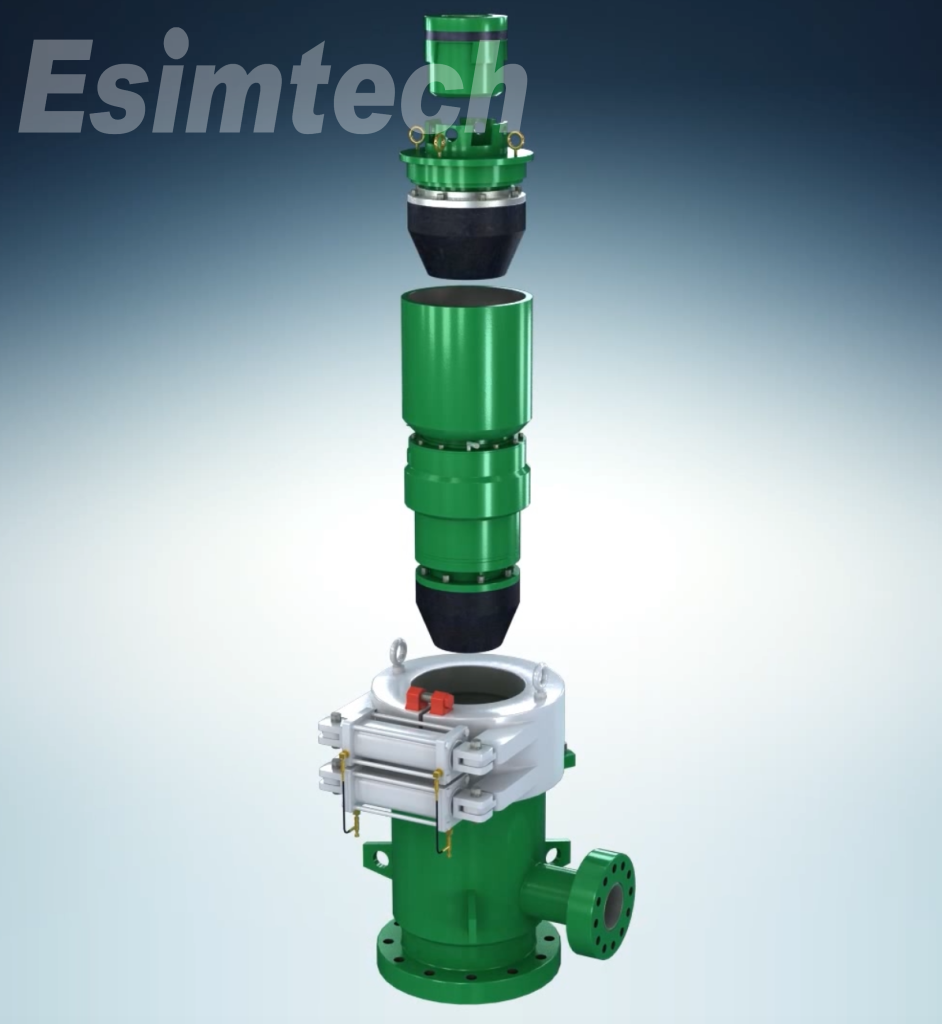How Oil Wells Function and Extract Crude Oil?
How Oil Wells Function and Extract Crude Oil?
Blog Article
What is a Pump Jack
Sometimes called a pump jack or a donkey, this is a metal structure that moves up and down at the surface. These machines pull oil from deep underground. The red curved piece on the end of the pump jack moves up and down, and a cable runs from the top of it all the way down to the wellhead.
Each time the pump jack completes one cycle of movement, one cycle of the lift system completes and oil is pulled out of the ground. The curved red piece is engineered so the cable going into the wellhead is always vertical and perfectly aligned with the hole. This design keeps power requirements at a minimum, balancing the drive power across the fulcrum.
Getting Oil from Underground to Surface
The hole drilled into the ground leads directly to the middle of an oil deposit deep underground. The casing of the well has holes only where oil is intended to enter the pipe. When the well is first drilled, natural pressure in the oil field can push oil to the surface by itself, but this pressure typically decreases quickly.
To lift oil after pressure decreases, an artificial lift system is installed. This system, powered by the pump jack, pushes the oil to the surface through a series of mechanical movements.
The oil mixture pumped to the surface usually contains crude oil, water, natural gas, and sometimes sulfur gas. This mixture then travels through pipes to a separator, where the different components are separated by density and state.
For a clearer visualization of the drilling and pumping process, the Oil and Gas Drilling Animation provides an excellent illustration of how these systems operate.
Separation of Oil Mixture
Inside the separator, the mixture enters from the side. Liquids settle at the bottom, gases rise to the top, and sediment settles along the tank bottom. Crude oil separates from water by density and drains out through different pipes. Natural gas is also separated and sent to its own outlet.
Pressure is carefully regulated at each outlet to ensure safe and efficient separation. A pressure release valve exists as a safety feature in case pressure builds excessively.
Each outlet pipe leads to a storage tank designated for crude oil, natural gas, or other separated fluids. From here, these products enter midstream transportation systems such as tanker trucks and pipelines.
Oil Recovery Methods
The initial process described is called primary recovery, which relies mainly on natural reservoir pressure and artificial lift. Primary recovery typically recovers less than 30% of the oil in the field because the oil pressure drops over time.
To maintain pressure and increase oil flow, producers inject water near the well, a technique known as secondary recovery. This can recover up to 60% of the oil. Expanded injection methods including steam, CO2, and chemicals—known as tertiary recovery—can raise recovery rates up to 80%.
Despite these injections, oil is still lifted through the same well and artificial lift system powered by the pump jack.
Monitoring and Maintenance
Oil wells are often visited frequently by technicians who monitor conditions and perform maintenance. As field operations become more optimized and labor becomes scarce, remote monitoring systems are increasingly used to collect data and analyze well performance without constant on-site visits.
This integration of technology allows operators to manage oil wells more efficiently and safely.
